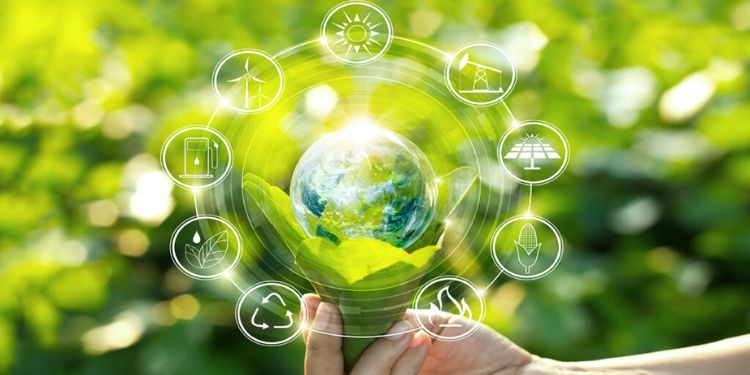Green Technology: Paving the Way to a Sustainable Future

In a world where the impacts of climate change are increasingly evident, there’s a growing urgency to adopt more sustainable practices in every aspect of our lives. Green technology, often referred to as “Green Tech,” is emerging as a beacon of hope in the pursuit of a cleaner, greener future. This blog delves into the world of Green Tech, exploring its significance, key innovations, and the role it plays in mitigating environmental challenges.
The Significance of Green Technology
Green technology encompasses a wide range of innovations and practices that are designed to minimize environmental impact, promote sustainability, and conserve natural resources. Its significance can be summarized as follows:
- Environmental Preservation
Green tech solutions are critical for safeguarding our environment. By reducing emissions and pollution, these technologies help combat climate change and protect ecosystems.
- Resource Efficiency
Efficient use of resources is a cornerstone of green technology. It aims to reduce waste, conserve energy, and utilize materials more sustainably.
- Economic Benefits
Green tech not only benefits the environment but also drives economic growth. It creates jobs, encourages innovation, and often results in long-term cost savings.
- Climate Mitigation
As the world grapples with the consequences of global warming, green technology plays a vital role in mitigating its effects. It helps in achieving carbon neutrality and reducing the overall carbon footprint.
Key Innovations in Green Technology
Green technology encompasses a wide array of innovations across various sectors. Here are some of the key areas where green tech is making a substantial impact:
- Renewable Energy
Renewable energy sources like solar, wind, and hydropower are at the forefront of green technology. They reduce our reliance on fossil fuels and cut down greenhouse gas emissions.
- Energy-Efficient Buildings
Green building technologies focus on constructing energy-efficient structures that utilize natural resources, improve insulation, and employ efficient heating and cooling systems.
- Electric Vehicles (EVs)
Electric vehicles are transforming the transportation sector by reducing carbon emissions and dependence on fossil fuels. The growth of EV infrastructure is a significant aspect of green tech.
- Sustainable Agriculture
Green technology is making agriculture more sustainable through innovations like precision farming, which optimizes resource use and minimizes environmental impact.
- Waste Reduction and Recycling
Green tech solutions are instrumental in reducing waste and promoting recycling, helping to decrease the burden on landfills and conserve resources.
The Role of Green Technology in Environmental Challenges
As the world grapples with environmental challenges such as climate change, deforestation, and resource depletion, green technology plays a pivotal role in addressing these issues:
- Climate Change Mitigation
Green tech solutions such as renewable energy and carbon capture technologies are crucial in reducing greenhouse gas emissions and slowing the pace of global warming.
- Biodiversity Conservation
Innovations in sustainable agriculture and reforestation techniques aid in preserving biodiversity and mitigating habitat loss.
- Resource Conservation
Efficient resource use and recycling technologies help conserve valuable resources like water, minerals, and energy.
Conclusion
Green technology, with its focus on sustainability and environmental responsibility, offers a promising path toward a more ecologically balanced and economically viable future. As we continue to face pressing environmental challenges, the adoption and advancement of green tech solutions are not just an option; they are a necessity for the health of our planet and the well-being of future generations.



